2019 was an exciting year for neuroscience discovery! Last month, several high-profile scientific magazines, journals, and mainstream news outlets featured articles looking back at the top scientific achievements of 2019. From Nature’s “Methods to Watch” to Altmetric’s 2019 “Top 100” most-discussed and shared research findings, these lists were not shy of scientific accomplishments by BRAIN Initiative scientists. The New York Times even highlighted a scientific breakthrough that roused ethical debate in their “What We Learned in Science News in 2019” article.
Which BRAIN Initiative scientific achievements made “the list” in the New Year? What’s planned for 2020 (and beyond)? Find out by reading the rundown below.
https://www.youtube.com/watch?v=HYnzo1sKW9A
What happens in the brain after death? This year, a stunning experiment on post-mortem pig brains was ranked as number 15 (out of 100) in the 2019 “Altmetric Top 100” most-discussed works. In the study, BRAIN Initiative scientist Dr. Nenad Sestan at the Yale School of Medicine used BrainEx – a novel perfusion system – to restore circulation and some cellular activity in pig brains four hours after their death. Unsurprisingly, the finding got considerable media coverage worldwide and stirred up some controversy.
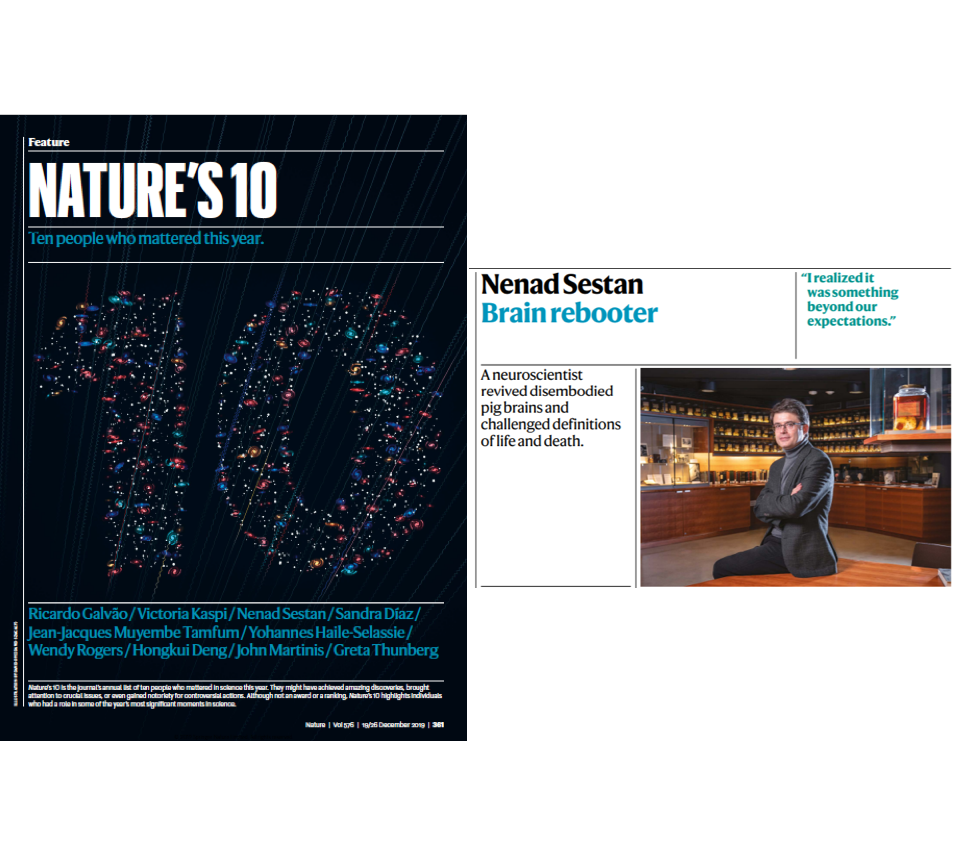
Dr. Sestan’s breakthrough brought to light questions about the nature of death and consciousness. In anticipation of these ethical considerations, he engaged the BRAIN Initiative’s Neuroethics Working Group years prior to publishing his findings. He was lauded for these proactive efforts in Nature’s list of “ Ten People Who Mattered in Science in 2019 ”. This ‘unforgettable’ experiment was also featured in the New York Times’ “ What We Learned in Science News in 2019 ” list.
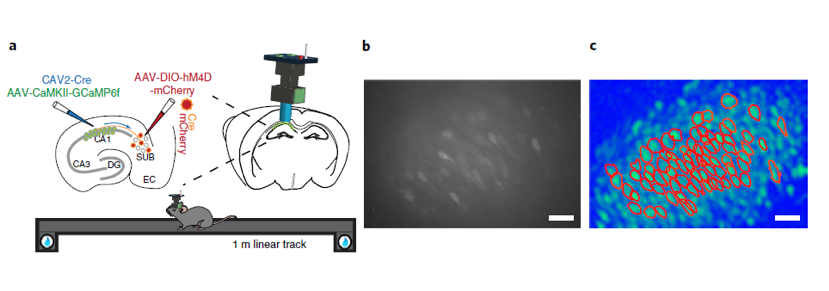
A list of the top scientific achievements of 2019 would not be complete without showcasing new ways to map and catalog the brain. In a study published last year, Dr. Xiangmin Xu at the University of California, Irvine (UCI) School of Medicine, used a new viral genetic-based brain mapping tool that can cross synapses to discover a neural circuit connecting the cortex to the hippocampus – a brain region important for learning, memory, and navigation. Several media outlets, including the UCI School of Medicine, featured Dr. Xu’s work, which could lead to a better understanding of the neurobiology of memory deficits in Alzheimer’s disease and may inform treatments. This finding marks the beginning of an era of discoveries made possible by innovative brain mapping tools: AAAS EurekAlert! announced that Dr. Xu and his ‘dream team’ of international scientists were awarded $4.3 million of BRAIN Initiative funding to develop new viral tracers for the entire neuroscience community.
What about the human brain? In 2019, BRAIN Initiative scientist Dr. Ed Lein at the Allen Institute for Brain Science unveiled the most detailed ‘parts list’ of the human brain to date. The project (which spanned five years) involved combining high-resolution neuroimaging with genetic-based cellular-level mapping to create a complete digital brain atlas. The atlas was made available online to scientists and the public through brain-map.org. Last year, Scientific American and several other popular media outlets featured this study.
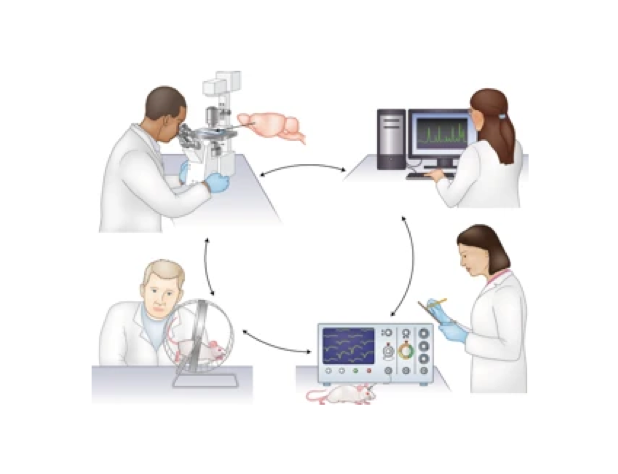
Collaboration is key to scientific progress. Each year, Nature Methods publishes a list of “Methods to Watch”.Among the emerging tools in science, the BRAIN Initiative’s Cell Census Network (BICCN) was highlighted as a collaborative project of the year. The goal of this large-scale project is to use molecular, anatomical, and functional data to create a comprehensive census of cell types in the brains of species ranging from fish and mice to humans. The project will also use an infrastructure to disseminate and share data with scientists and the public. BICCN-funded scientists made several breakthroughs last year: one study showed how the human brain can remarkably adapt after one half is damaged or removed by re-wiring specialized neural networks. Looking forward, large-scale initiatives like this will greatly enhance our understanding of the brain and disease by bringing together experts to illuminate complex brain architecture.
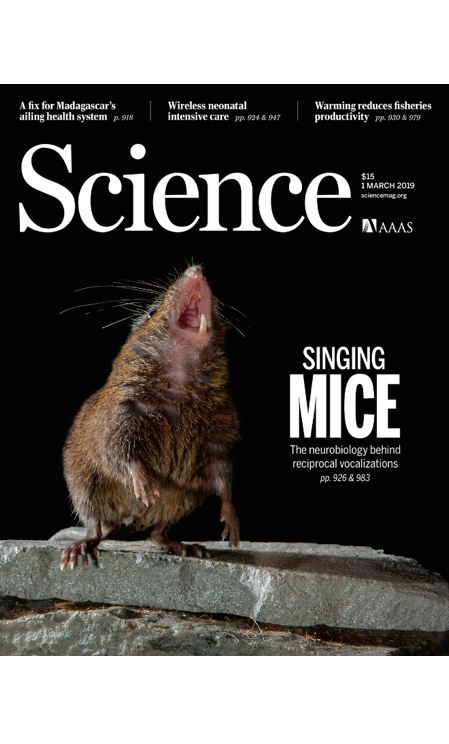
In 2019, we learned that studying the brains of ‘singing mice’ can offer clues in how the human brain manages conversations. In a study supported by the Simons Collaboration for the Global Brain, BRAIN Initiative scientist Dr. Michael Long at the New York University School of Medicine measured brain activity from musical mice while they sang duets, and discovered a brain region critical for the split-second timing of songs. This fascinating work – which was featured in the New York Times and Popular Science, and even made the cover of Science Magazine – may lead to therapies for communication disorders, such as autism.
Achievements in human neuroscience were also featured as breakthroughs of the year. In a study published in April, BRAIN Initiative scientist Dr. Edward Chang at the University of California, San Francisco and his research team used brain signals recorded from epileptic patients to program a computer to mimic natural speech. Paralysis caused by stroke or other neurological conditions can rob a person’s ability to speak; Dr. Chang’s innovative approach could one day help paralyzed patients communicate. This ‘groundbreaking’ work was featured in the New York Times and NIH’s list of 2019 research highlights. Unsurprisingly, the study raised new questions about the nature of decoding brain signals, ‘mind-reading’, privacy, and other ethical considerations. To address this, Nature Biotechnology brought together research, ethics, psychiatry, and neurosurgery to participate in a roundtable discussion on the ethical issues surrounding decoding and modulating brain function.
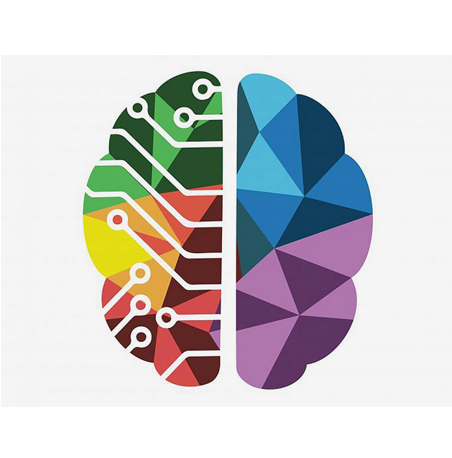
“Cutting-edge science requires cutting-edge ethics” may have been the neuroethics quote of the year. In November, Forbes published an article on the BRAIN Initiative’s efforts to integrate neuroethical guidelines with human neural device research. The article describes a review paper in which bioethics experts outlined three main areas of ethical challenges in human research with neural devices: analysis of risk, informed consent, and posttrial responsibilities to participants. Looking ahead, advances in neurotechnology will continue to be entwined with neuroethical considerations, making these guidelines important resources for those involved in human research.
The achievements highlighted above reflect just a small portion of all scientific advancements made by BRAIN Initiative investigators in 2019, many of whom were recognized for their work at a 2019 Congressional reception in Washington, DC. So what’s in store for 2020?
Last year marked the midway point for the BRAIN Initiative, meaning that more opportunities for scientific discovery (and funding!) are on the horizon. In 2020 and beyond, the BRAIN Initiative will support ongoing technology development and circuit studies, but will also promote new goals including data sharing, workforce development, technology dissemination, linking basic science to disease models, and public engagement. BRAIN also strives to balance individual-investigator research with team-science.
Read more about the NIH BRAIN Initiative’s vision for scientific advancement and neuroethics in the BRAIN 2.0 Neuroscience Report and BRAIN 2.0 Neuroethics Report, as well as the NIH BRAIN Initiative Directors’ blog post, “Charting the Course for the Next Phase of the NIH BRAIN Initiative”. Luckily, the NIH BRAIN Initiative just received $500 million for 2020 from Congress, setting these ambitious goals off to an excellent start!
Check out our news page for updates on BRAIN Initiative research, funding, collaborations, and much more. Excited for 2020? So are we! Please join us for the annual BRAIN Initiative Investigators meeting in June 2020 to learn more about what BRAIN Initiative scientists have in store for 2020 (and the next decade)!

